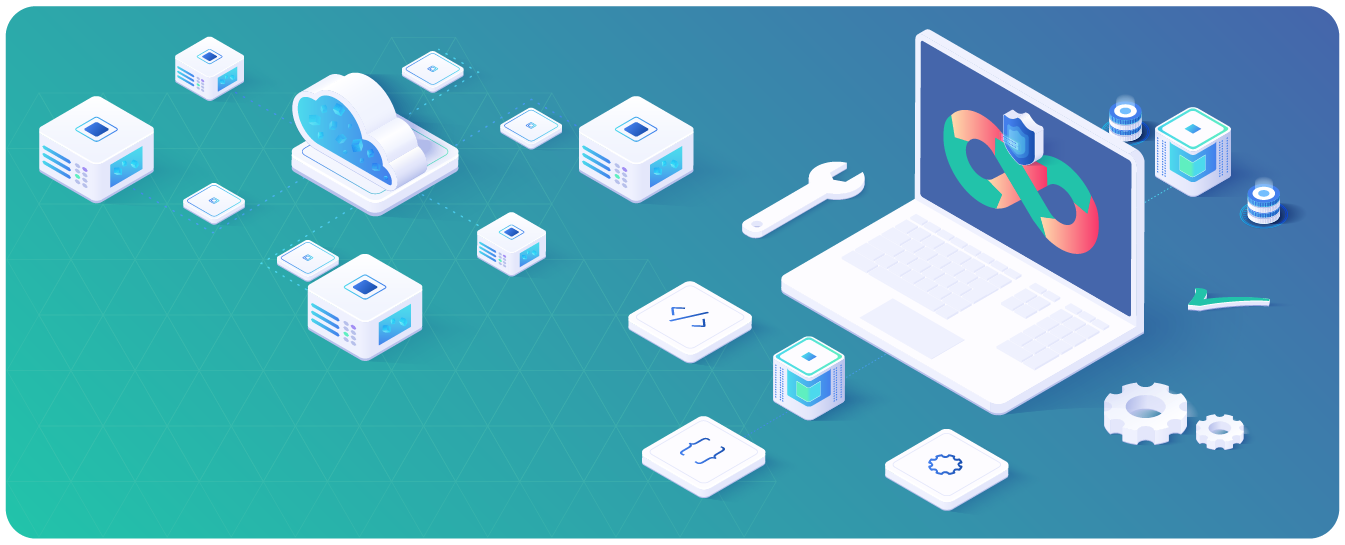
Eliminate DevSecOps Friction with the Right Tools for Collaboration

An annual study that looks at the differences between organizations with mature DevSecOps practices and immature programs makes one thing clear: mature DevSecOps practices make developers happy.
The survey, released annually by Sonatype, CloudBees, Signal Sciences, Twistlock, and Carnegie Mellon’s Software Engineering Institute had 5,045 respondents from over 70 different countries in its most recent release. It finds the happiest developers are 3.6 times more likely to pay attention to security.
What specifically makes developers happy? Automation. The survey finds that the happiest developers are 2.3 times more likely to be using automated security tools. Mature DevOps teams properly integrate automated security tools almost two times more often than immature development practices, according to the research.
Job satisfaction is also higher in mature DevSecOps practices. The survey reveals the more evolved DevSecOps practices are, the happier the developers.
DevSecOps makes a lot of sense in theory, and has obvious benefits, but getting to this nirvana with happy developers is often difficult in practice because it requires new tools, processes, and ways of working. The security tools developers are asked to work with in immature programs can add overhead to development practices if they aren’t automated and don’t fit into the existing development pipeline. Unfortunately, most security tools introduce more work and overhead, they don’t solve any problems.
Friction between teams is a key hurdle to DevSecOps adoption. These initial frustrations when trying to build a DevSecOps program adds to the long-standing tension between developers and security teams. Each one has a mission: DevOps wants to write code and push new products to innovate and stay competitive. Security teams want to ensure applications are secure and unexploitable so that their organization stays safe. These two desires often collide as DevOps wants to keep moving and security is seen as a bottleneck to their progress.
Give them the tools for DevSecOps success
What DevSecOps teams need are tools that can be deployed in development (CI) and operations (Ops/Production) domains and that offer full stack coverage to get rid of these silos and unite their missions into one. Embedding security into the process at the outset – and with the right tools to reduce bottlenecks – means security and developers both have a vested interest in secure design and innovation.
Rezilion’s products solve these common problems among Dev and Sec by actively reducing the amount of work to be done without compromising security. Our products break down the walls between Dev and Sec because they:
- Integrate seamlessly into the CI/CD pipeline.
- Limit the amount of patching work and build failures to only what is absolutely necessary to reduce risk.
- Give package or file-level remediation instructions that developers will quickly understand.
- Understand the context of a vulnerability well enough to know if it will be exploitable in production.
- Cover the entire product from infrastructure to application in any deployment model.
DevSecOps teams shouldn’t be held back by tooling when their differences can easily be solved with automation. At Rezilion, we have a vision to help DevSecOps teams save time, money, and relationships by bridging the gap between DevOps and Security. Click here to see what Rezilion Validate can do for your team by decreasing time spent patching without introducing more risk.




